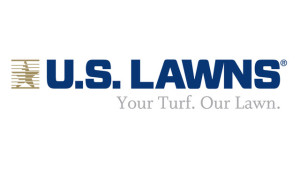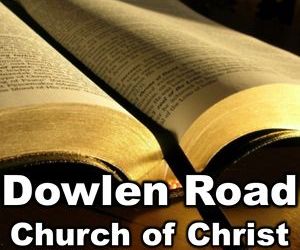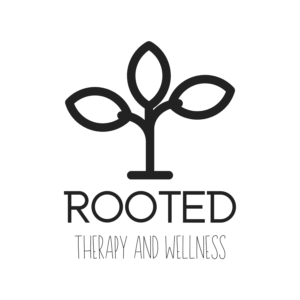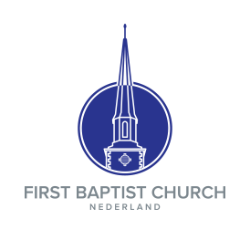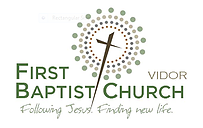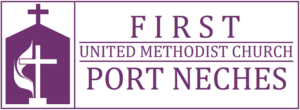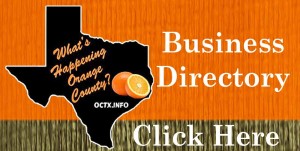Aegis Capital in Beaumont is working to provide Southeast Texas Christians with appropriate financial planning information.
The article they are sharing with us today is written with financial planners as the intended audience, but the information is excellent for Southeast Texas Christians who would like to consider making a charitable gift with a portion of their life insurance.
How Charitable Programs and Life Insurance Can Work Together
Everyone knows that charitably minded clients understand how to give money to their favorite charitable causes. They usually just write out a check. And advisors typically understand that life insurance can be a useful tool to maximize wealth transfer to heirs.
What’s not well understood is how charitable planning programs can be used to facilitate an even more taxadvantaged scenario in  order to fund these life insurance premiums.
order to fund these life insurance premiums.
Most advisors simply don’t involve themselves in the philanthropic or charitable activities of their clients. Just like politics, these subjects can be perceived as touchy, and many advisors assume it’s safer to steer clear of such personal conversations and stick to topics they feel more comfortable discussing, such as asset protection, risk management and income planning. However, with simplified charitable planning programs available which provide up-front tax benefits as well as income programs for families, you can show them how to reposition existing assets in order to create an income stream that will fund life insurance premiums, while providing current tax benefits, and
benefitting their favorite charitable causes. An easy conversation!
2 Life Insurance for Charitable Giving
Of course, there are several simple ways that clients can utilize existing life insurance policies or purchase new policies to benefit their favorite charitable causes:
They can donate their policy to the charity and may qualify for a charitable income tax deduction based upon the fair market value of the policy. Most states have statutes that confirm that an insurable interest remains, even if the client changes ownership to a charity, or buys a policy for their charity. If the client makes additional gifts of cash to the charity to help it pay the premiums, these may qualify for additional charitable income tax deductions.
They can name the charity as a beneficiary on their policy. A life insurance policy has the potential to create gifting leverage as the charitable gift death benefit is typically larger than the premiums paid into it. Although there will be no immediate tax deduction for the client in this scenario, the estate may benefit from the tax deduction.
Advisors Who Combine Charitable Programs with Life Insurance Can Maximize the Immediate and Long-Term Tax Benefits to Clients and Heirs
Three Tips to Start the Conversation with Clients
-Help charitably inclined clients view charitable giving as a planning strategy as much as a personal value. 
While clients may be primarily motivated to donate to charity to support their favorite causes, tax considerations play a key role as well.
Your ability to offer advice can help maximize the tax advantages and estate planning impact of their gifts.
-Show your clients which assets make the most sense to give, and why. Appreciated securities, cash, annuities that they plan to pass to heirs and even real estate can be effective and taxefficient assets with which to fund their charitable planning programs- which will in turn fund life insurance.
-Be prepared to help suggest the right giving vehicle. You may be able to help structure a charitable gift annuity, a donor advised fund or a charitable bargain installment sale.
Life Insurance as an Asset
Let’s first consider life insurance as a separate asset class in your client’s estate. Your clients are well aware by now that the value of an investment portfolio is subject to market fluctuations. The amount of wealth to be transferred to their beneficiaries will be based upon the value of their investment portfolio at an indeterminate point in the future. Depending on the performance of the investment portfolio, their beneficiaries may receive more or less than expected. After the market downturns of 2000-2003 and 2008-2009, most clients became well aware that these portfolio values are not fixed and are subject to volatility.
By allocating a portion of their portfolio to purchase a life insurance death benefit, the clients may hedge against market losses. In doing so, your clients may also increase the amount of wealth transferred to their beneficiaries. Life insurance is a unique asset in that the death benefit risk is borne by the life insurance carrier, which will pay the death benefit in full at the event of death no matter what the “timing.” As a result, life insurance provides clients with a death benefit that is uncorrelated with other sectors of the investment marketplace such as equities or bonds and can increase the tax-adjusted internal rate of return of client’s portfolio. In other words, the death benefit is based on the event of death — not a market event that can cause a downturn in value.
All of this in and of itself represents a powerful tool for estate planning.
When coupled with charitable income programs and their associated tax benefits, the value to the clients can be multiplied. When the life insurance policy is properly structured and owned, possibly by setting up an irrevocable life insurance trust, a death benefit can be received free of estate tax and income taxes, making the entire scenario even more compelling.
For more information, contact Aegis Capital Beaumont
Aegis Capital Beaumont Contact: Timothy P. O’Halloran
Aegis Capital Beaumont Phone: (409) 225-9250
SetxChurchGuide: Thank-you to Tim O’Halloran and Aegis Capital for sharing this information.







